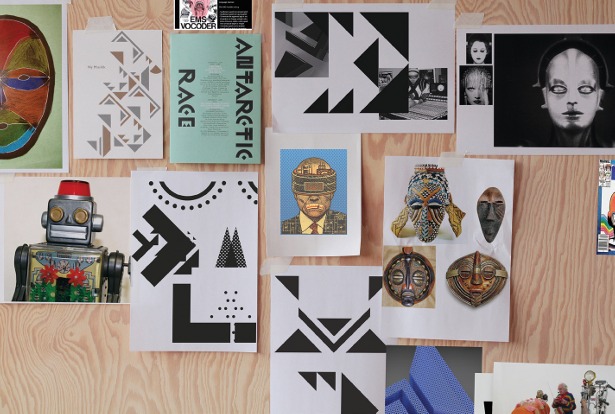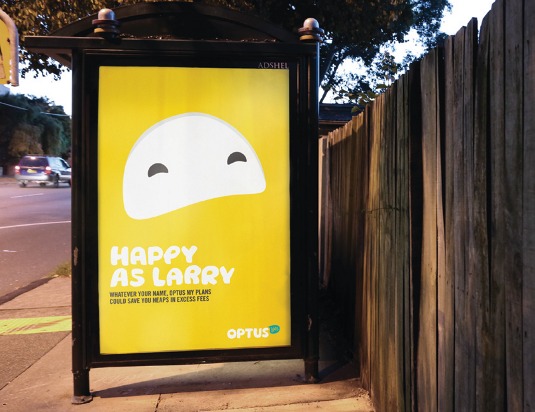Design a brand identity in 10 easy steps
It's not as hard as you think! We explain how to create a new brand from scratch.
When a client approaches you to create a new brand identity for their product, service or event, things can seem a little bit daunting. But don't worry - all you need to do is apply all the skills you've built up in your design career in a slightly different way. To help you along, here are some expert tips on developing the perfect brand identity that will make both you and your client happy.
Who knows, come next year it might be your brand on the corner of every street...
01. Strategise from the start

Before starting work on a new brand identity, draw up a brand strategy to form a set of values and a proposition upon which the client and you agree. If this doesn't happen at the start of a project, the client will have no benchmark against which to gauge whether the creative concepts are relevant.
02. Work with a brief
If design concepts are created without thorough briefing on the brand, then both creative and client end up relying too much on an intuitive idea of the solution, and accordingly run the risk of feedback being subjective. A brief that's drawn up from a clear brand strategy enables both parties to rationalise the design decisions.
03. Do your research


Understand the personality of the brand - its history, function and the ethos behind it all. Extract every nuance of who the client is and what the company's about, including the intended target market, how it wishes to be perceived, and formats and outlets for where it wishes to promote itself.
04. Gauge their expectations
It can be a valuable exercise to ask clients to do their own exploration into finding references for their branding: you'll soon see what they like, and - usefully - how broad their understanding of design is.
05. Check the competition
Look at the colours, typefaces and visual styles used by rivals, and then create something truly unique, positioned away from them all. Think of the varied uses, colours and sizes of your design. Then stand back and consider it with your client hat on.
Daily design news, reviews, how-tos and more, as picked by the editors.
06. Don't rely on the logo

While a logo is sometimes the linchpin that holds a brand identity together and makes it instantly recognisable, brands aren't built on logos alone. When creating a brand identity, don't focus on the separate elements. make sure you always consider the bigger picture and how all the smaller elements interact with one another.
07. Don't ignore the client
No matter how much experience you have, the client knows the product better than you ever will. Rushing in with a set of en vogue visuals might get you praise from your peers, but could be off-kilter with your client's expectations and what's best for the brand.
08. Exercise restraint

Understanding the client's needs is the first step to creating a great brand identity. By limiting colour palettes, details and typography, a simple identity can become timeless and move alongside the client's ever-changing visual landscape.
09. Spot what's special
If that 'something special' about the product or client isn't identified at the beginning, you'll be missing a massive opportunity to connect with the people you're creating the brand for, and the audience it must attract. Get this bit right and you're already halfway there; get it wrong and you'll end up with little to spur your imagination on.
10. Further reading
- What makes smart branding?
- Why designers should give branding back its soul
- Corporate branding: 6 crucial design rules to remember
- 8 steps to branding success
- How to collaborate on complex branding projects
This feature was originally published in Computer Arts issue 191.
Exclusive offer: 20% off tickets for new branding conference

Impact Conference | London | 06 Mar 2014
Impact Conference is a new event brought to you by Computer Arts that celebrates creative excellence and consistency across branding design. It's an event you can't afford to miss - and we're offering Creative Bloq readers a massive 20 per cent off the ticket price. Simply:
- Visit the website
- Enter your registration details
- Add this Promotional Code when prompted: FRIENDS20

Thank you for reading 5 articles this month* Join now for unlimited access
Enjoy your first month for just £1 / $1 / €1
*Read 5 free articles per month without a subscription

Join now for unlimited access
Try first month for just £1 / $1 / €1

The Creative Bloq team is made up of a group of art and design enthusiasts, and has changed and evolved since Creative Bloq began back in 2012. The current website team consists of eight full-time members of staff: Editor Georgia Coggan, Deputy Editor Rosie Hilder, Ecommerce Editor Beren Neale, Senior News Editor Daniel Piper, Editor, Digital Art and 3D Ian Dean, Tech Reviews Editor Erlingur Einarsson, Ecommerce Writer Beth Nicholls and Staff Writer Natalie Fear, as well as a roster of freelancers from around the world. The ImagineFX magazine team also pitch in, ensuring that content from leading digital art publication ImagineFX is represented on Creative Bloq.
